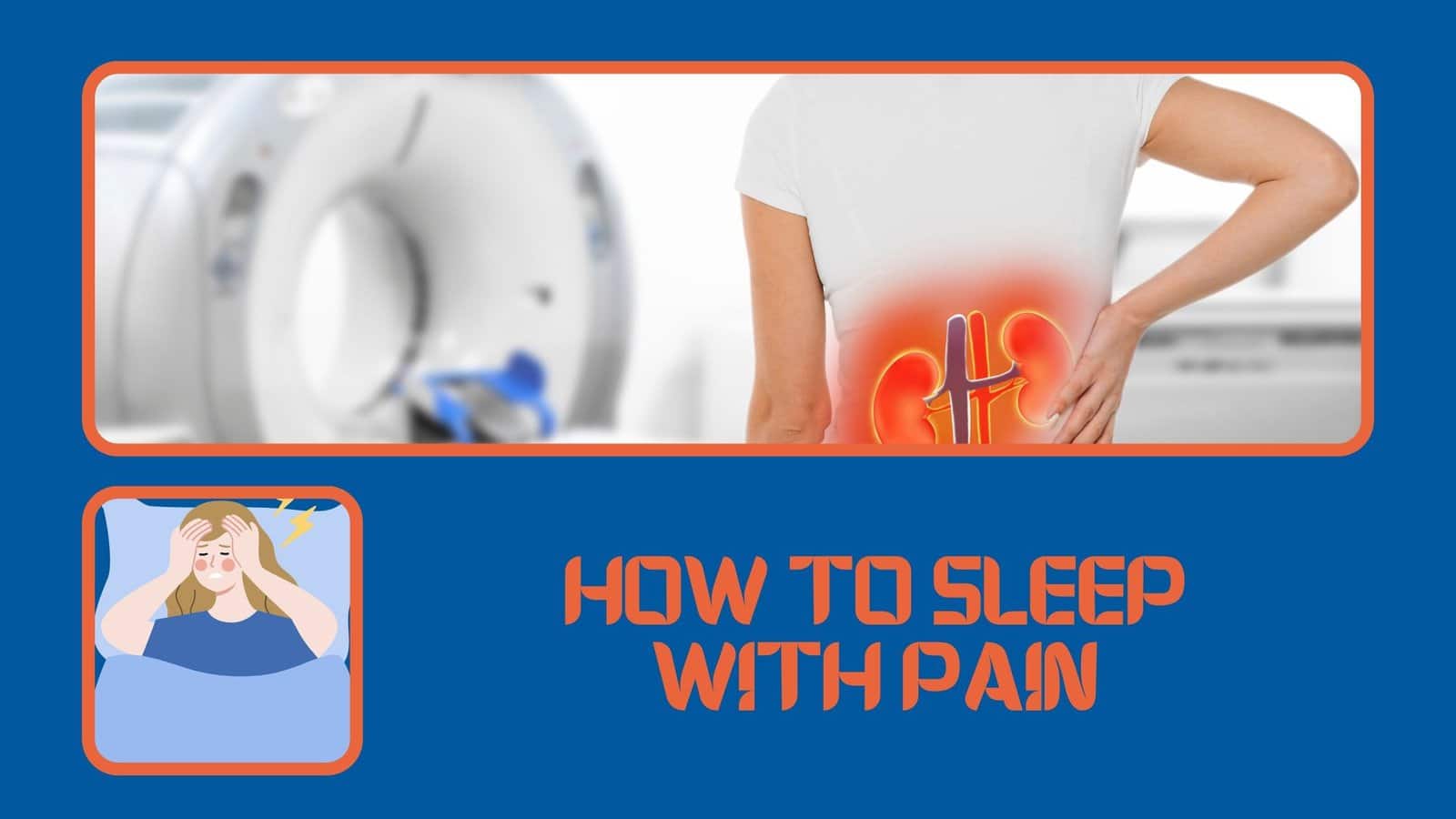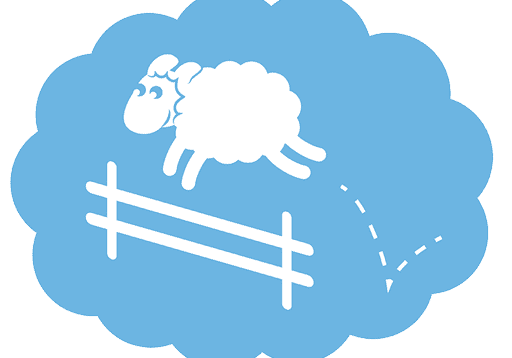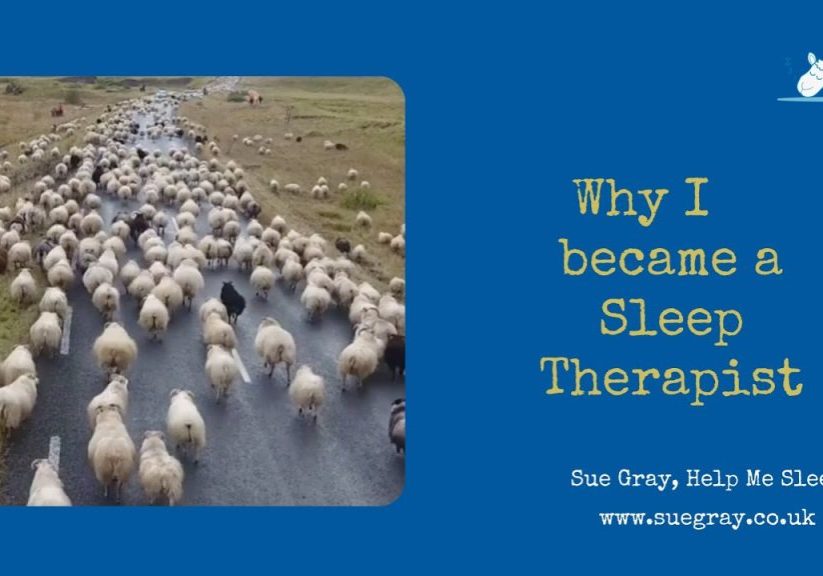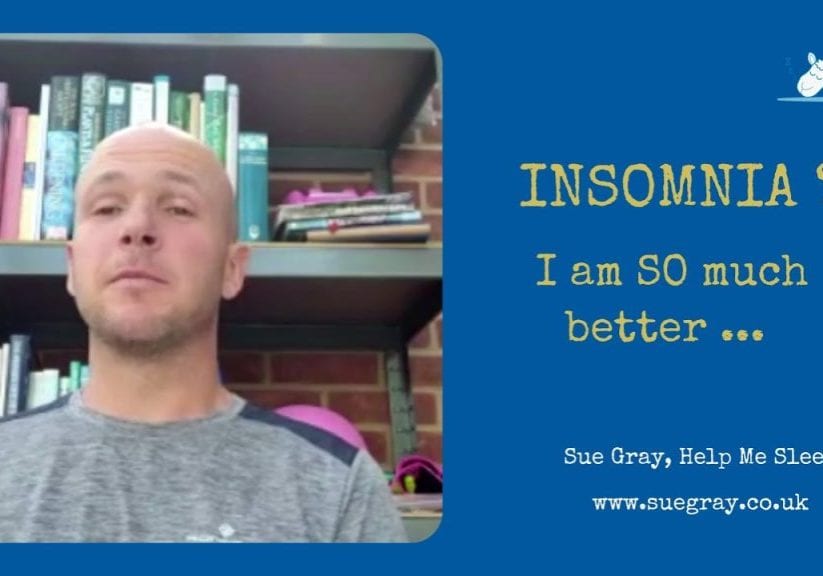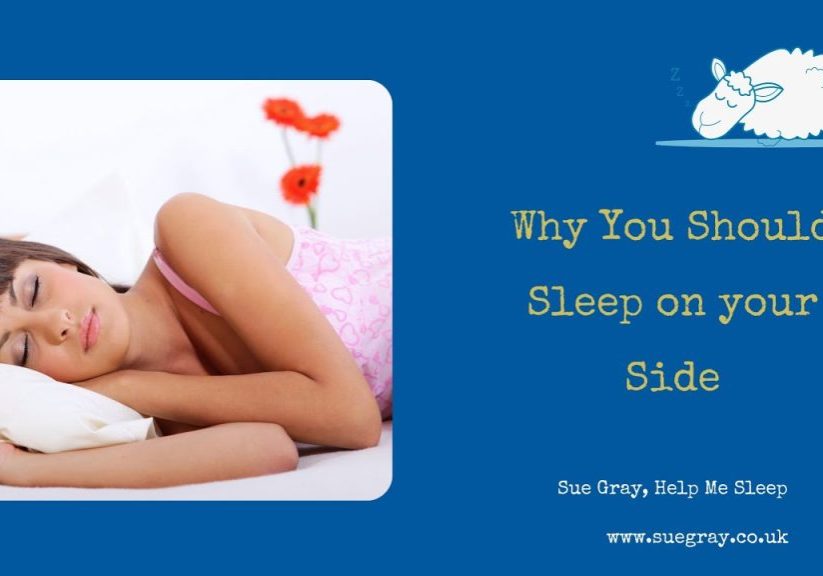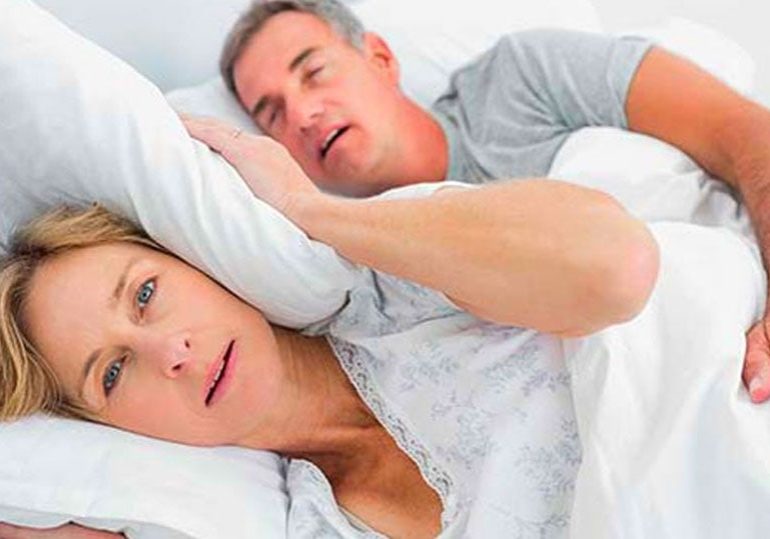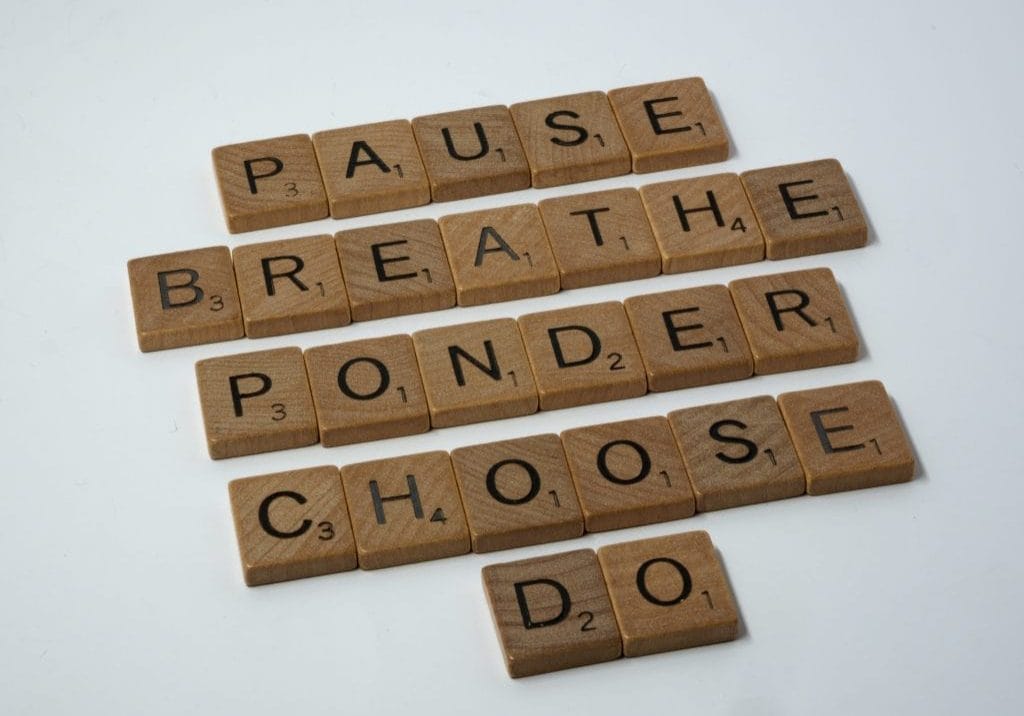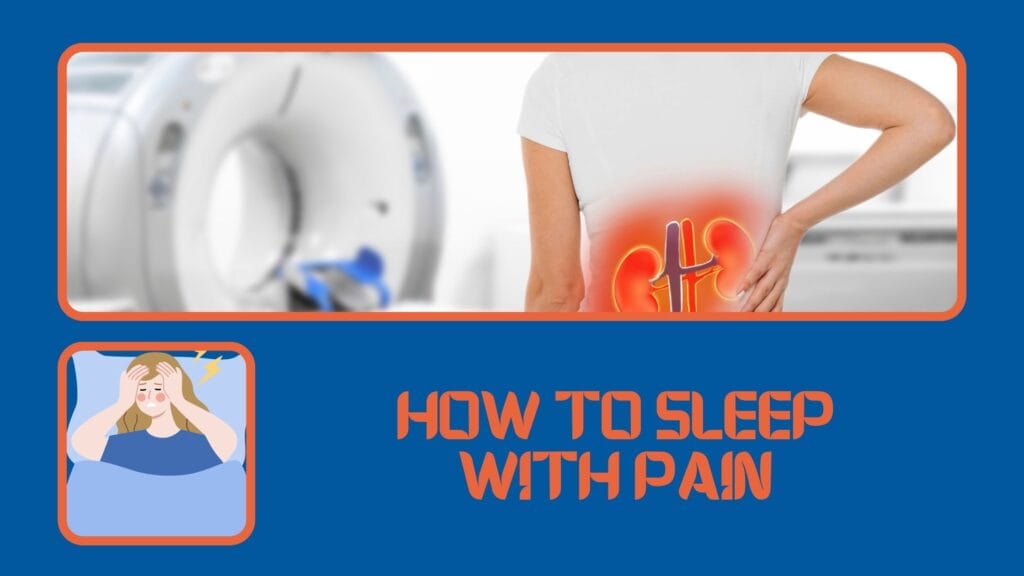
Pain is the biggest cause of Insomnia in the UK . But you can learn how to sleep with pain.
If pain is stopping you from sleeping , these techniques will help you improve your sleep and ease your discomfort. They work with any form of pain – acute pain, healing after surgery and chronic long-term pain. You can start using them straight away. They include:
- Cultivating a sleep-friendly, low-pain lifestyle
- Learning to be gentler with yourself.
- Mediations to help you relax
- Changing how you think about pain
- Changing your focus
- Hypnotherapy and other techniques
Did you know that the government’s Complementary Health Council recognises the effectiveness of Hypnotherapy for Pain?
What is Pain?
Neuroscience has discovered that pain is not what it seems. We think of pain as a single impulse from a particular part of the body, but it is actually a collection of sensations in the brain, not in the body. This helps explain why many amputees, still feel pain. Dr Phil Parker, an eminent Neuroscientist, Researcher, Oesteopath, Therapist and inventor of The Lightning Process has made a wonderfully simple 2-minute video demonstrating how the brain creates chronic pain and the importance of changing your thinking. It also explains why pain can continue long past the original need to alert you something is wrong.
Negative Tthoughts Feed Pain
It is estimated that we think about 80,000 thoughts a day – most are negative and are almost identical to the thoughts we think every other day. Spending so much time caught up in our thinking makes it virtually impossible to relax properly or to get a good night’s sleep. Pain makes it even harder as our thoughts go over the cause, solutions, and how this should not be happening to us. What we put our attention on grows, and the more you focus on how bad you feel, the worse it will become.
The first step is to become aware of your thoughts. Practice watching your mind without changing or judging. This will help create a distance between you and your thoughts – which are just energy moving.
“I have suffered from chronic back pain for over 15 years and had endless investigations, medications, and pain management treatments with no real relief. I never got to the bottom of why I was in so much pain. During my first session with Sue, my pain subsided, and after several sessions together, I realised that most of my pain was due to suppressed anger and emotions I had stored up over the years. Laura, NHS Receptionist, Hertforshire
Beware of Pain Medication
Medication may not help you sleep with pain in the long term, and may even make your sleep issues worse. Check the side effects of any medications you take. Although some drugs such as amitriptyline can be effective in the short term for pain and sleep, they have side-affects and their effectiveness reduces over time. Anti-inflammatory drugs and even over-the-counter pain killers can inhibit the production of the “sleep hormone”, melatonin. Sleeping tablets do not give normal refreshing sleep, and many people find they simply do not work. Sleeping tablets also have side effects – and they are addictive – you need higher doses. Most doctors will not give sleeping tablets in the long term so you can find yourself back at square one but also having to wean yourself of tablets..
Cultivate a Sleep and Comfort Friendly Life-Style
Gentle, Little Steps Every Day
First, get clear about what you want and your health priorities. Set a mix of short and long term goals for your sleep and comfort levels.. We all remember back to the days of 8 hours of uninterrupted sleep and waking feeling recharged and refreshed, but if you are in chronic pain and have insomnia, this is not going to get fixed overnight. So, setting short-term goals can help you feel you are making progress. Think about goals related to waking less often, falling asleep faster, and being able to relax if you are lying there awake for an hour or so.
Keep a Journal
A good night’s sleep starts as soon as you wake up in the morning.
We sleep into bad sleep habits, bad eating habits and stress builds up as we go through our days. Keeping a Journal will help you recognise trigger points and things you want to change about your days. Note down how you are feeling at different times of the day, what you have been doing, your thoughts, you mood, what you have been eating and drinking. Are you doing anything that will get in the way of a good night’s sleep – what is your alcohol or caffeine consumption, are you going to bed stressed? Journaling will help you identify ways to improve your sleep, reduce your pain levels and help you sleep with pain.
Routines
Routines are useful as they enable us to get things done without a lot of thinking about whether you feel like doing it today or if you are too tired or in too much discomfort. Do you remember when you were a child, weekdays were full of routines and were instrumental in getting things done at the right time. Spend some time working out morning and evening routines that suit you. Make sure you turn off all screens 45 minutes before bedtime, include some exercise each day, some yoga, and a few minutes just sitting with your eyes closed doing nothing. See my blog and videos on the benefits of and establishing an Evening Routine.
Movement and Exercise
Even if you are in pain, try to exercise every day. Try gentle yoga, walking, swimming or qigong. Practice some Yoga for Sleep stretches as part of your evening routine.
Naps are good!
Naps are good, they can help you relax and thrive. You do not need to actually sleep. It Is best to keep naps short – ABOUT 20 minutes and around lunch time or early afternoon. Click here for my more information and my blog on Napping.
Laughter
“Laughter is the tonic, the relief, the surcease for pain.”
Laugh each day, and smile as often you can. You will feel better, and it will help your sleep. Smiling and laughing switches on your parasympathetic nervous system -that helps you relax and rest.
Buy some joke books, watch and listen to comedy shows. Give up thrillers and horror shows – and the news as these keep you tense and alert. Aim to belly laugh a few times everyday.
Did you know that you can learn to belly laugh without needing something funny to set you off? Laughing Yoga teaches you to do this and is an incredibly life-enhancing practice.
Language
Are you Fighting Pain …. Battling your way through the Day ….. Struggling to Sleep?
Language Matters!
When you are fighting, battling and struggling – you are using a lot of energy that could be better used for healing. Learning to relax is vital for a good night’s sleep. When relaxed and calm, your parasympathetic nervous system is switched to ON. In this state, you get recuperative rest, which allows your body to sleep and heal.
Pain v Suffering
The language we use has a very interesting effect on our experience of pain and how much we suffer. When we live with Chronic Pain or illness, we often talk and think about fighting it, but an article in Psychology Today suggests that seeing health as a “struggle” or a “fight” could make your suffering worse. It suggests gently exploring the sensations of pain and illness as they rise and fall in your body, perhaps by using mindfulness meditation. While allowing the pain to be there might initially seem like the worst thing imaginable, the latest medical advances show that this ‘allowing’ can be more potent than the most commonly prescribed painkillers.
Meera Ishaya’s ground breaking work on pain is a must. She shows how even if you are in pain, you dont need to suffer. It is about where you put your attention.
Pain or Comfort – which do you prefer?
When you use the word ‘Pain’, you can notice yourself tensing – not what you need when you are already in pain and feeling tense. For one week, drop the word PAIN and replace it with Comfort, Discomfort and Comfort Levels. Painkillers become Comfort Tablets. “I am in pain” becomes “I could do with a bit more comfort.”
I love Dr Phil Parker’s 2 minute video on pain v comfort http://neuroplasticity made simple. This was the catayslt that helped me recover from ME / CFS and Fibromyalgia.
Pain Clinic v Comfort Clinic
Close your eyes and imagine a Pain Clinic. Many people see it as a white room, metal chairs, serious people in white coats, and people looking quietly miserable. Somewhere you feel stressed and in pain. Now imagine a Comfort Clinic. Most people see that as a more relaxing place, with colours, cushions, magazines, flowers etc.
Hypnotherapy
Hypnotherapy can help you deeply relax and let go of the pain. A good therapist can also help you switch on the body’s innate healing abilities. You can even learn self-hypnosis for pain so that you are in charge and can use it whenever you want. You can learn to
- Tell the pain to go.
- Create numbness
- Alter how you perceive the sensations of pain
- Dail down the sensations or move them further away
- Reduce the fear of pain
- Resolve emotional causes and aspects of the pain
The Complementarity and Natural Health Care Council, the government body covering alternative therapies, recognises the benefits of hypnotherapy in reliving and managing pain.
Hypnosis has been used for thousands of years. It dates back to ancient India, Greece, and Egypt. Some of the earliest evidence of hypnosis for healing comes from the Egyptian Ebers Papyrus, dating to 1550 BC. According to this ancient medical papyrus, priest-physicians repeated positive suggestions and had patients fix their gaze on metal discs to enter a trance while being treated. John Mongiovi, an American Hypnotist, has some fascinating blogs about hypnosis.
Sue was recommended to me through a family friend. Two years ago, doctors found a tumour on my spine. As a young lady in my twenties, not only was I devastated, I was also scared about what the future may hold. Sue’s hypnotherapy helped me through many sleepless nights, down days and most importantly helped me to focus on staying positive. Her services are priceless. Thank you, Sue!” L, Wembley
Use of Hypnosis for Pain in the USA
Hypnosis is widely used in the USA for pain, and is generally the second most popular pain therapy after a visit to the GP. In the UK, stage hypnosis, where people are perusded to quack like a duck has had a big imapct of peoples perception of hypnotherapy as a serious option. Here is an intersting overview of the use of hpypotherapy and its wider benefits.
https://www.ncbi.nlm.nih.gov/pmc/articles/PMC4465776
Meditation
There are many studies on pain showing the long term benefits for mindfulness-based meditation on pain. Pick one that allows you to watch your thoughts, feelings and body sensations – rather than telling you to clear your mind, and one you can use with your eyes open or closed. You can also find guided meditations specifically to help with pain and it is good to use these well as, not instead of, a regular meditation practice. There is a free on-line Daily Meditation Practice at www.MeditationChangesLives.com. The Bright Path’s Ascension Meditation helps you watch your thoughts, feelings and body sensation.
Breathing
Breathing correctly and making use of breathing techniques for energy and relaxation will have a really positive impact on both your sleep and your pain.
Mouth Breathing is being recognised as
Only breathe through your nose – Breath slowly, gently and silently in and out through your nose.
Other Breathing Techniques that can help relieve pain and calm both the body and mind include:
- Diaphragmatic Breathing
- Alternate Nostril Breathing
- Single Nostril Breathing
See my blog on Breathing Techniques
Resolve the Root Cause
Do you have an idea of what may be behind your pain? Chronic pain is often associated with buried emotions and old hurts such as grief, fear, trauma, anger, resentment and unforgiveness. As we get older, we have more experiences that can lead to buried emotions. Resolving or just accepting past hurts can be very liberating as well as taking away the need for the pain to be there. In my sessions, I often use The Core Transformation Process by Connirae Andreas, which is available as a book, free on Amazon Kindle. You may find it much more effective to work through it with a therapist.
I also recommend The Pink Light Technique to everyone who comes to see me -
whether they are 10 or 80 years old.
Challenge Your Beliefs
Is your glass half empty or half full? When we are in pain, it is so hard to be positive. Especially when you feel you have tried everything. I was once given some good advice “Only hold beliefs that are useful. You can try on new perspectives and beliefs for size and if they don’t suit you, you can change back to what you had before – just like a new pair of shoes.”
Pain is your body’s early warning system that something may be wrong.
Always check it out and don’t make assumptions.
————————————————-
If you are ready to make changes to your Sleep, get in touch today to see how I can help you.
Call or Text O7792 447331
————————————————-
FURTHER READING
‘Pain: Self Help Therapy Work Book” – Shlomo Vaknin’s excellent book. Here is the Goodreads link
Dr Phil Parker‘s book ‘Du” – available as a free Kindle download, looks in detail at language and it’s impact on our health.
Peace or Pain – Meera Ishaya, Here is the Amazon link
My other blogs on Pain and Overthinking .


